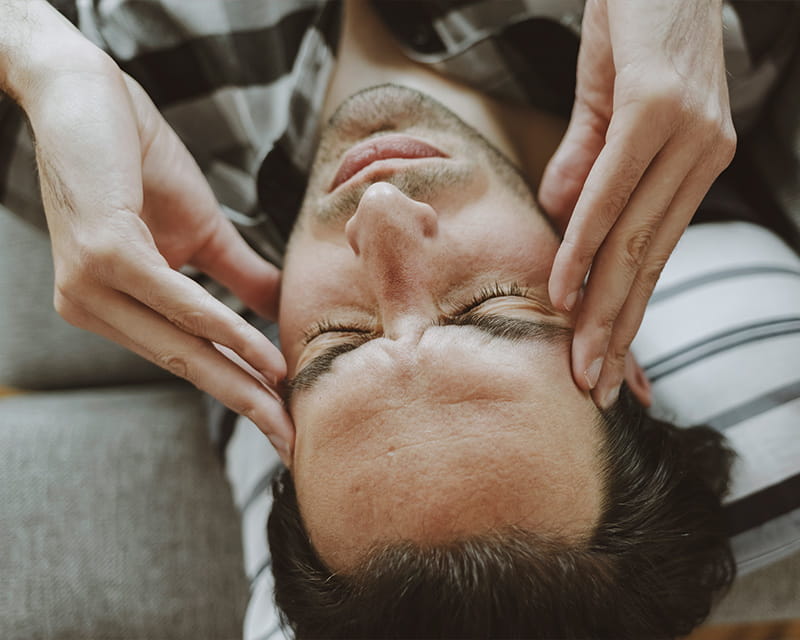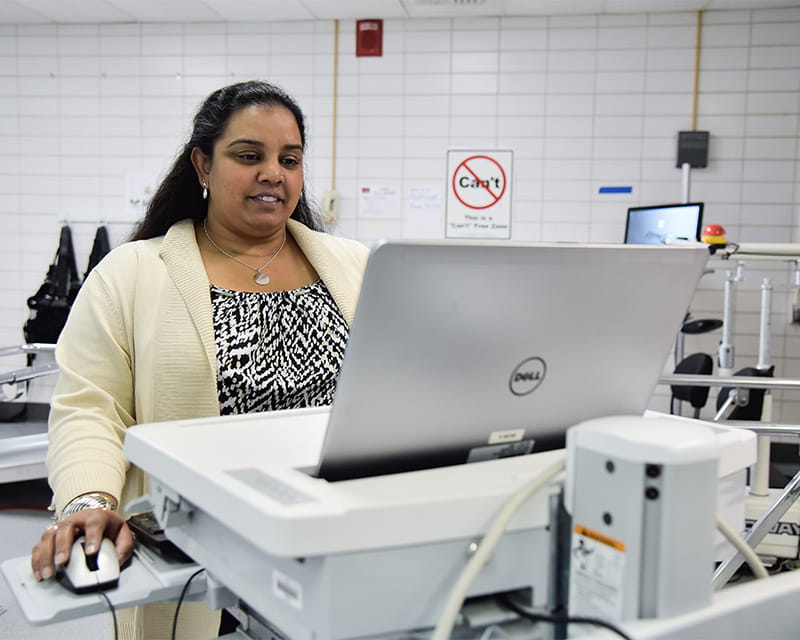
An innovative treatment for chronic post-traumatic headaches

Following a severe head injury from a car accident, John lost his ability to speak, connect with the world and care for himself. He could open his eyes and look around the room, with some responses to his environment. After admission to the Disorders of Consciousness Program at Ohio State’s Dodd Hall Inpatient Rehabilitation Hospital, he began to show signs of awareness. With intensive treatment from a highly trained team, he emerged to consciousness. Now he is home and independent. He can move and communicate and is working toward driving again.
A Disorders of Consciousness (DOC) Program at Ohio State has become a regional center for helping people emerge from a minimally conscious state due to traumatic brain injury. Since 2013, 62 percent of patients in the program have emerged, with half returning home.
“Forty percent of patients deemed to have a DOC are misdiagnosed to be in a DOC,” says program Medical Director Sheital Bavishi, DO. “Part of what we do is affirm the diagnosis, find if there is a reversible cause, and work on stimulation techniques to help the patient emerge to consciousness.”
Dr. Bavishi and other physiatrists in Ohio’s first DOC program are subspecialty board certified in brain injury medicine. They collaborate with specialty-trained therapists, certified rehabilitation nurses and neuropsychologists with a goal of returning patients home. They use technologies such as transcranial direct current stimulation if first-line therapies aren’t working.
The team also trains family members to take care of their loved one at home, whether or not the person emerges.
Dr. Bavishi notes, “People thrive when they are home with their families in familiar settings and they have the love and one-on-one care to help them recover. I cannot emphasize enough the importance of getting someone home.”